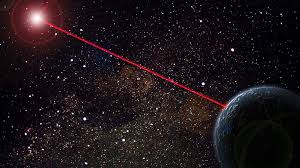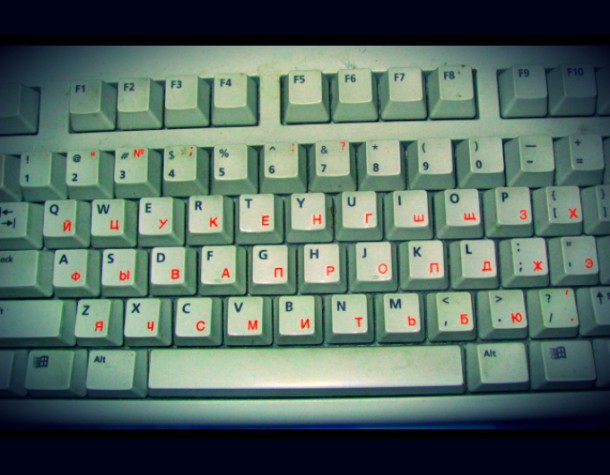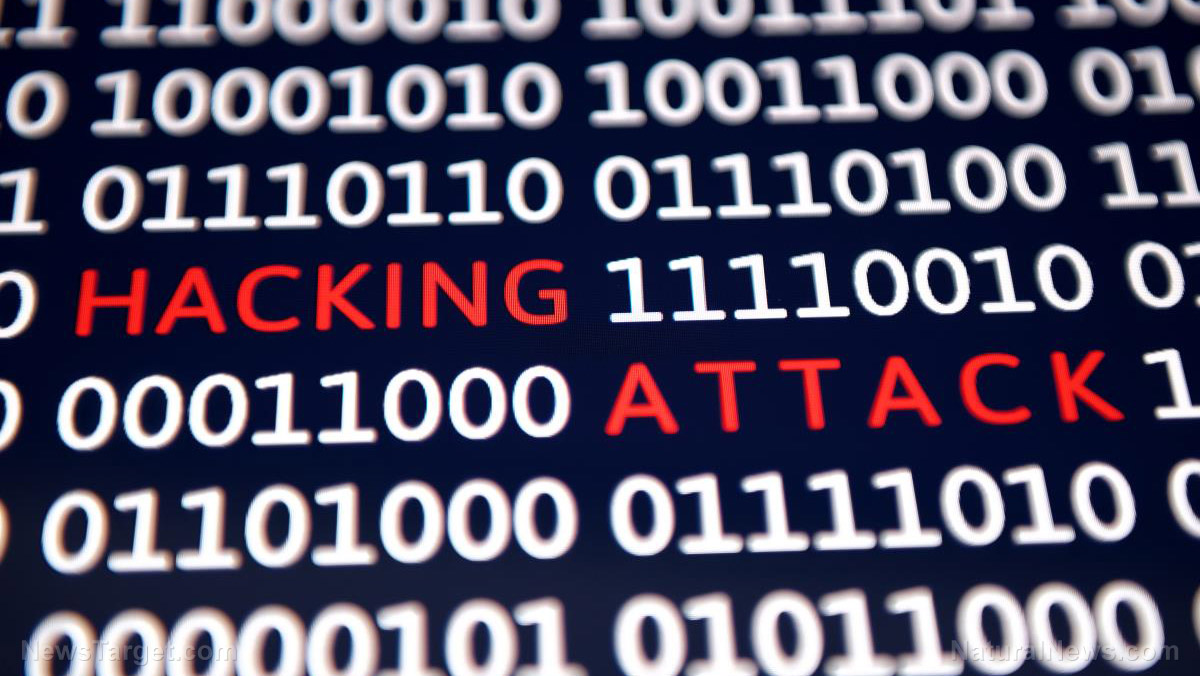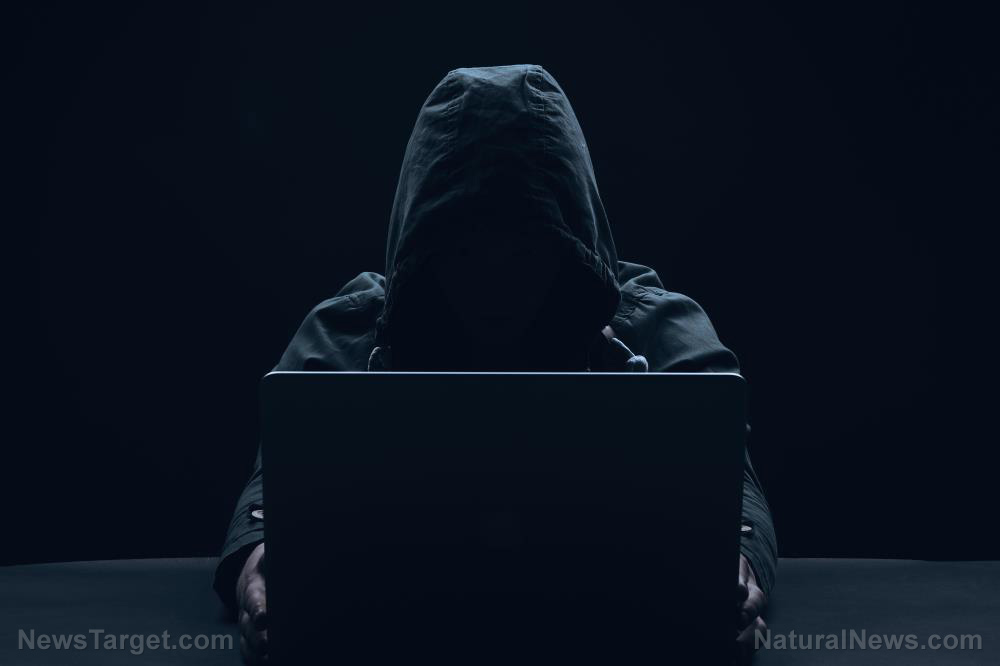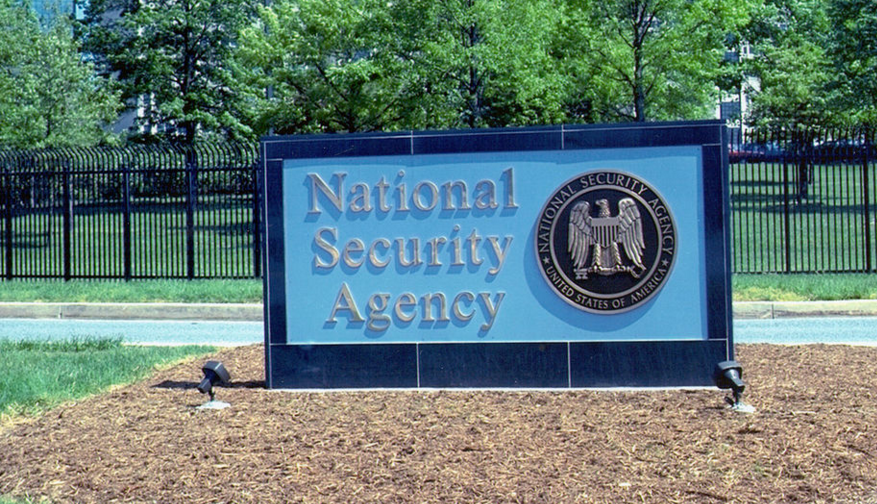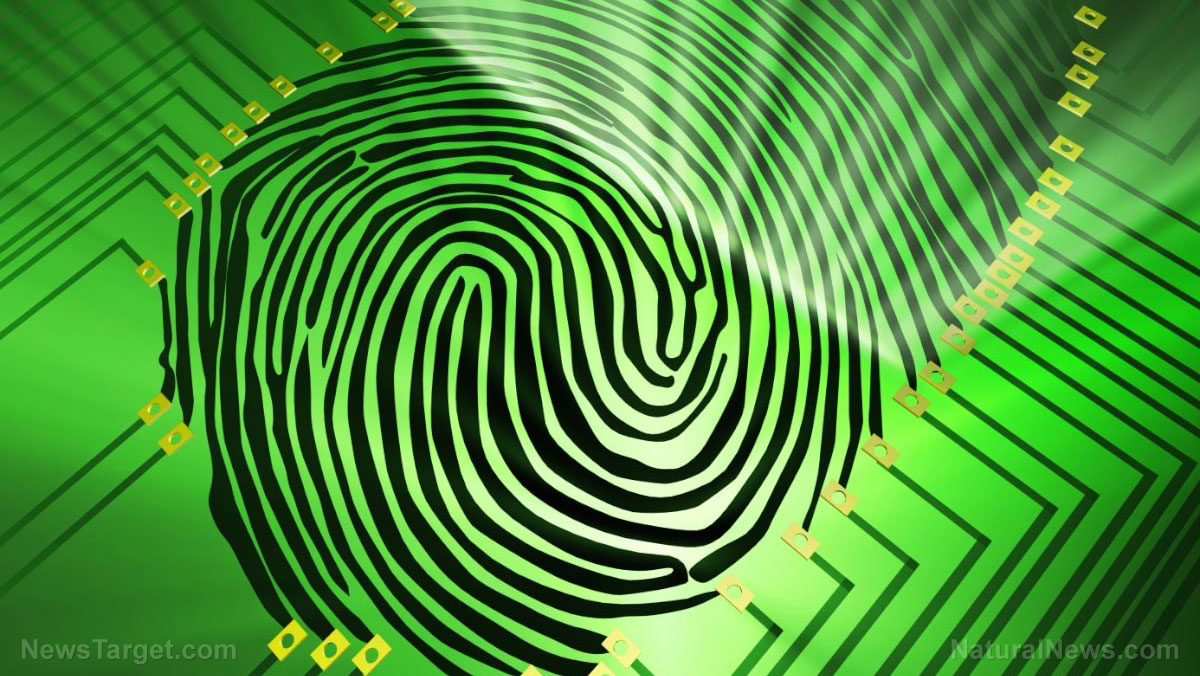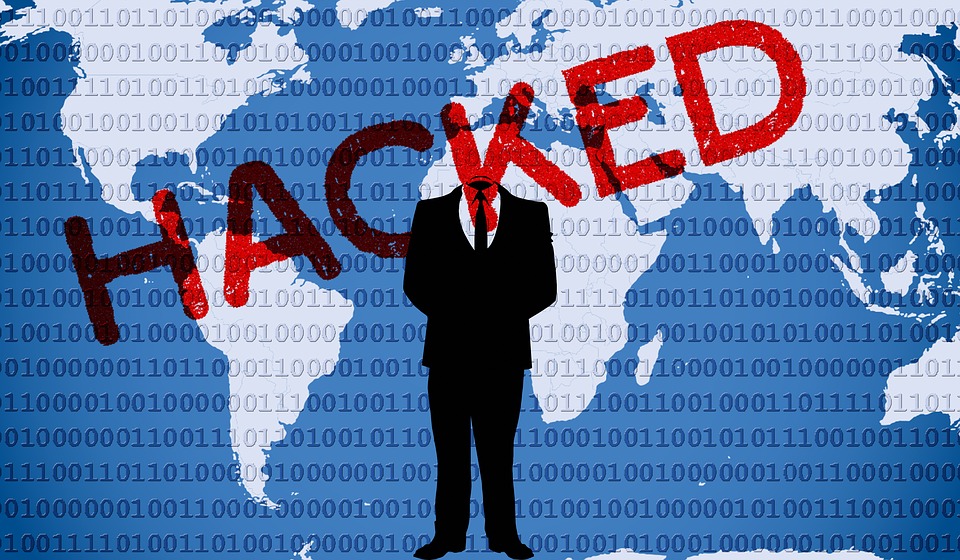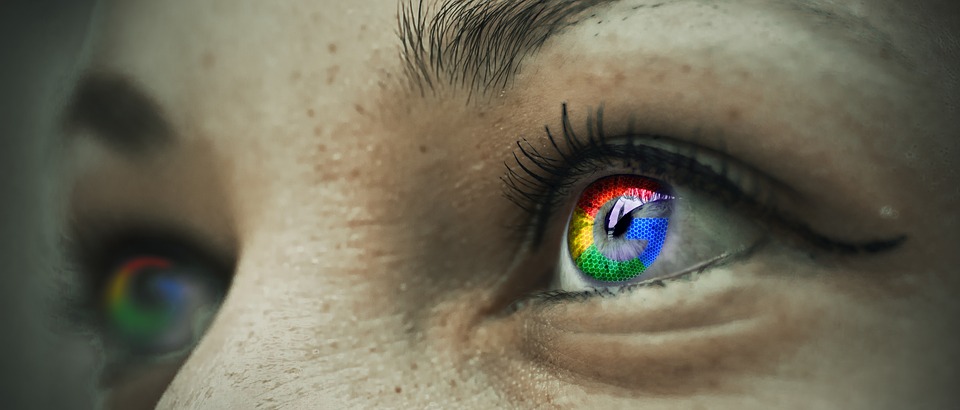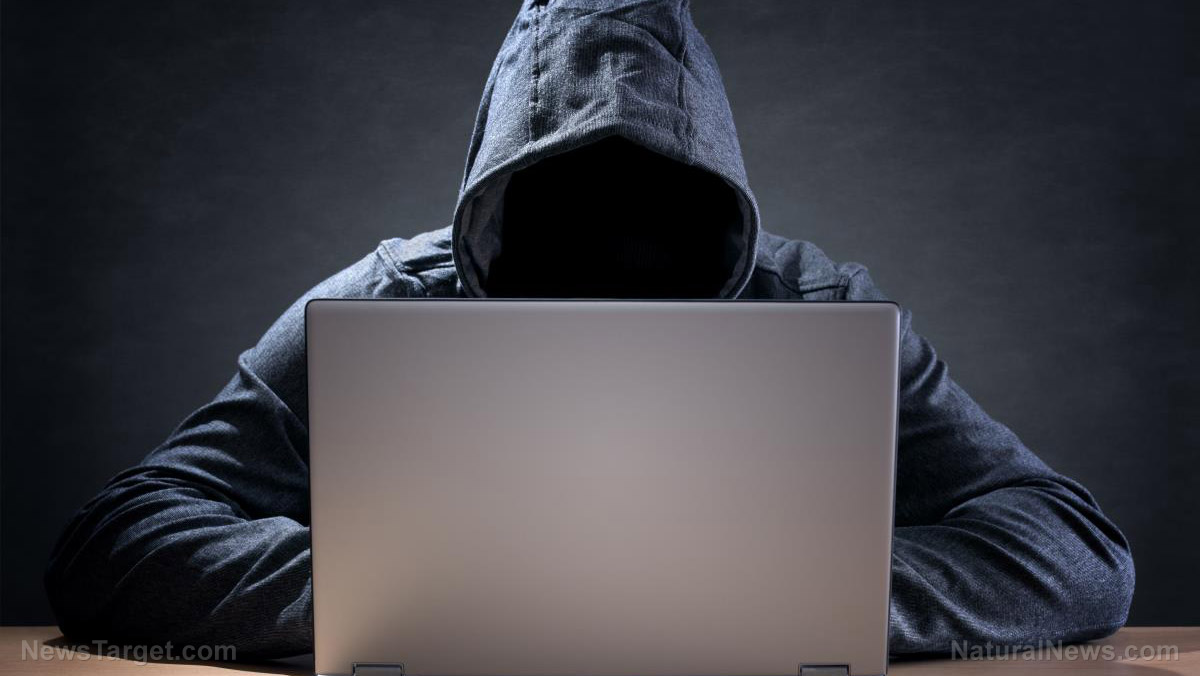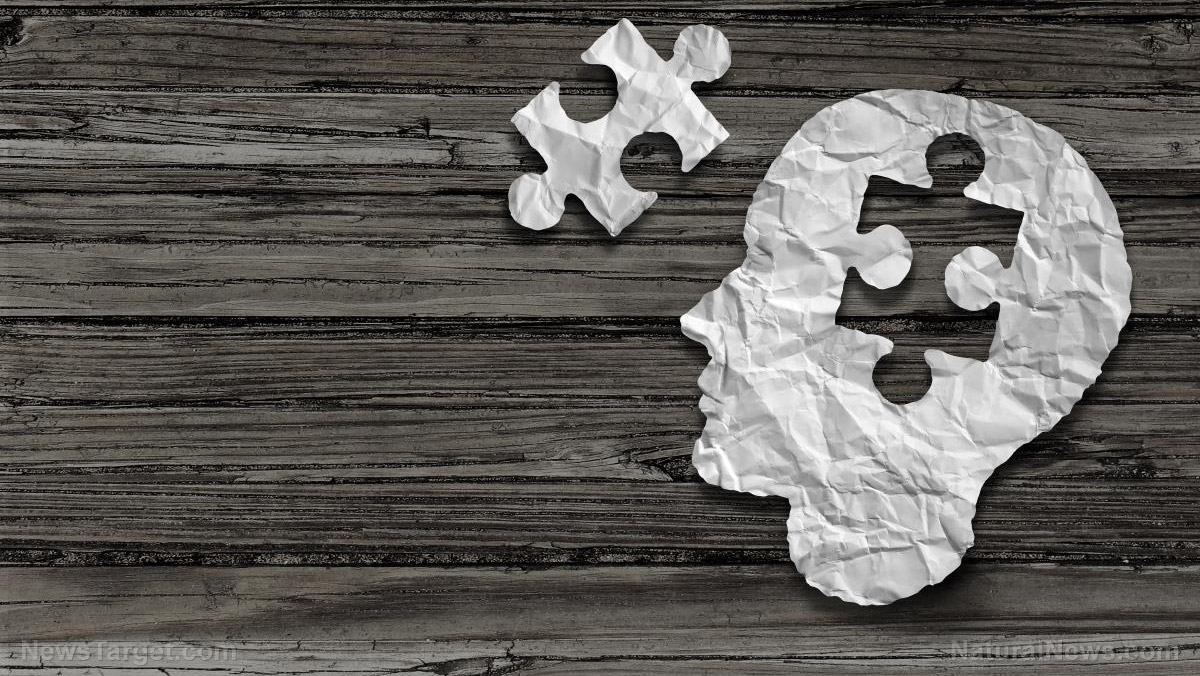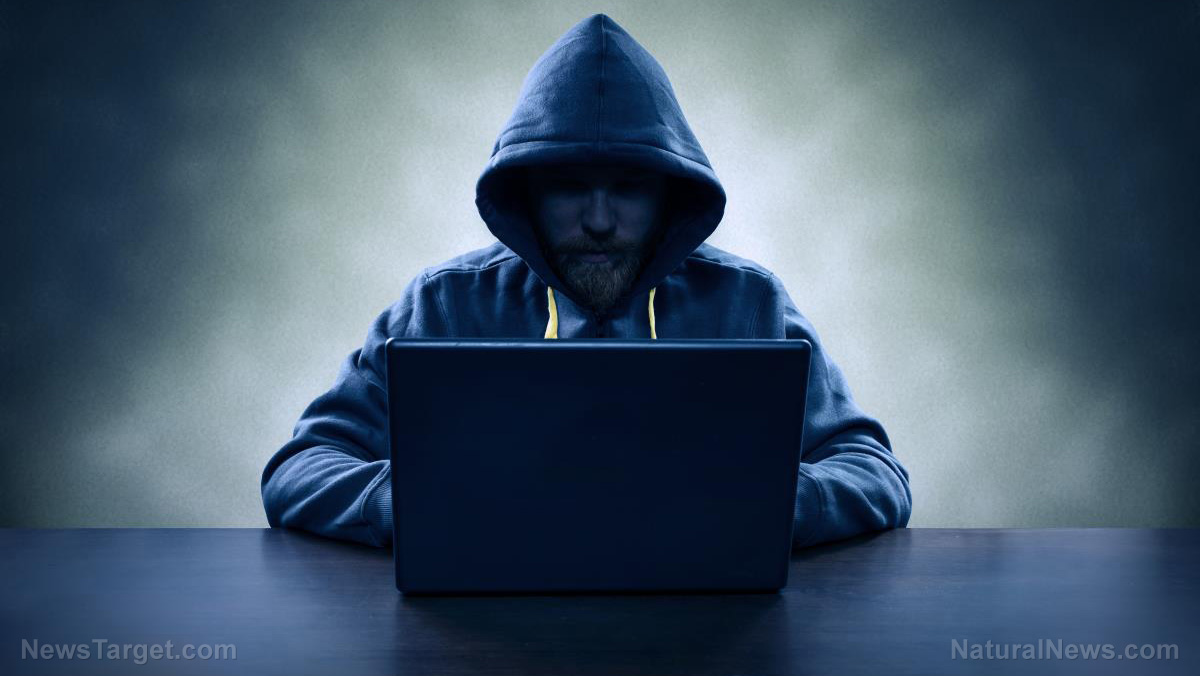The “information speed limit” just got doubled by quantum physicists
05/01/2018 / By Edsel Cook

Quantum physicists have once more managed to bend the laws of nature. They found out how to send twice the amount of information using a single particle, effectively doubling the so-called bandwidth of the universe even though the speed of the message hasn’t increased, according to an article on Space.com.
We can only transfer so much information up to a certain speed. The absolute limit is one bit per fundamental particle (such as a photon) traveling at the speed of light.
This is how the bandwidth of the universe works: Imagine you and your friend are a light-year apart. You want to get a message to her, but all you have is one photon.
That lone fundamental particle at your disposal can travel at the speed of light. But it can only carry one bit, which is either “1” or “0.”
You can encode a single binary number into the photon before sending it to your friend, who will get it one year later. If your friend decides to send you a message as well using that photon, you will have to wait another year for her reply to arrive.
If you want to send a bigger message, you will need more photons. (Related: Prove you’re HUMAN: Real-time Captcha technique relies on human answers to unusual questions.)
Quantum physics lets two people use the same particle for communication
This is where things can get quantum. Two quantum physicists recently published a paper called “Two-Way Communication with a Single Quantum Particle” in the journal Physical Review Letters.
In their study, they demonstrated that it’s possible to double the information bandwidth. The technique they discovered doesn’t allow the encoding of two bits on one particle, though.
What it does allow is for two people to use the same particle to send each other one bit of information. According to the researchers, this can be achieved by placing the particle in a “superposition of different spatial locations.”
“That’s usually described as being in two places at the same time,” said Flavio Del Santo of the University of Vienna, who co-authored the study.
According to Del Santo and his Austrian partner Borivoje Daki? of the Institute for Quantum Optics and Quantum Information, quantum communicators “Alice” and “Bob” can share the quantum particle at the start of their contact. They can encode a single bit of information into the particle.
The quantum particle is still limited to the speed of light. So, if there are huge distances involved, Alice will have to wait for Bob’s messenger particle to arrive, and vice versa.
However, because they used the same quantum particle to encode their message, it will contain both bits of information. So, when Alice receives the messenger particle, she will see the bit of information encoded by Bob in addition to her own bit.
Since the quantum communicators no longer have to wait for the particle to return with the reply of their partners, the time it takes for them to exchange information is reduced by half. This essentially doubles the information bandwidth limit.
Communication via quantum particles is also much more secure
Having published their theory on paper, Del Santo and Daki? enlisted the help of a research team to demonstrate their technique’s feasibility. Using beam splitters, the team succeeded in putting photons into spatial superposition, just like the study proposed.
They also showed that the technique could be used to secure communications. A communicator could send gibberish while his partner encoded the actual message into the particles.
If anyone intercepted the message, they would need to know which is the gibberish and which is the true message.
Visit FutureScienceNews.com for more on breakthroughs in our understanding of physics.
Sources include:
ARXIV.org [PDF]
Tagged Under: information bandwidth, information speed limit, message encoding, photons, physics, quantum communications, quantum mechanics, quantum particle, quantum physics, secure information, space and time, speed of light



